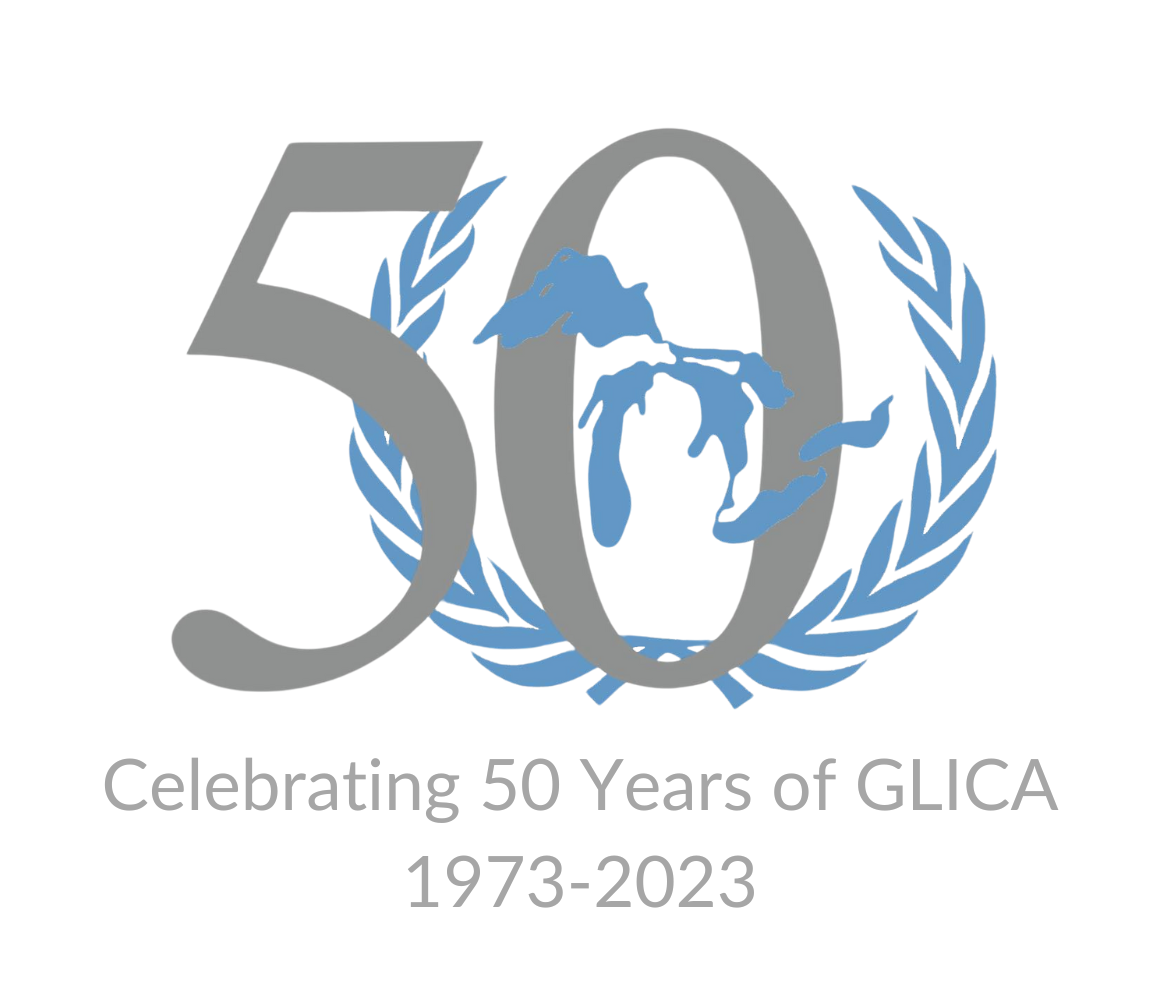Topic:
Country: Nigeria
Delegate Name: Katherine Petersburg
Delegate: Kate Petersburg
Country: Nigeria
Committee: UN Women
Topic: Access to Education for Women and Girls
Around the world, there are 129 million girls and young women who are out of school. This includes 32 million who would be in primary school and 97 million who would be in secondary school. Although the enrolment rates are getting closer between boys and girls there is still a long way to go. Currently, around the world, the enrolment rate for men is 90% and for women, 89% which means the effort we’re putting in isn’t going to waste but in poor countries, the rates are still unacceptably low. In countries higher affected by fragility, conflict, and violence (FCV) girls are 2.5 times more likely to be out of school than boys, and in secondary school, they are 90% more likely to be out of school than those who reside in non-FCV areas. This is a big problem especially facing girls because of the violence that can happen on the way to school. Recent data tells us that about 60 million girls are sexually assaulted on their way to school every year. There are also simply stereotypes that can really affect a girl’s way of thinking. Within some schools, they implant stereotypes into people’s minds that girls can’t do the same things men can and that some jobs can only be done by boys. These stereotypes are especially affecting young girls trying to enter a STEM-focused job.
In Nigeria, in 2018 the literacy rate of females aged 15 years and older was only 52.65% which is a whole 18.6% below the literacy rate of males even though primary school is officially free. Children between the ages of 5-14 years are not in school and are affecting way more girls than boys. In 2019 the poverty rate was 40% of the population. This means that much of the population is unable to send their child to school whether that be because they need them to work or simply can’t. Nigeria has had previous projects to help improve the rates of girls who can go to school such as the Girls’ Education Project. This project initially began in 2004 and the focus of this project was on supporting the Nigerian government and its efforts in achieving universal basic and primary education. A specific section of the project was the Girls’ Education Project 3 Cash Transfer Programme. This was implemented from 2014-2016 to improve girls education in Nigeria. This program lessened the impact that poverty had on girls’ enrollment in school.
UNICEF has placed a program in action that aims to give all children access to a safe learning environment and a quality education. This goal will, of course, take a long time but they plan to achieve their goal by 2030 and their main goal is to help the government achieve the Sustainable Development Goals (SDGs). The key focuses are to get children to be able to access “learning and skills for emergencies and fragile contexts”. This means to provide “gender equitable access to quality education from a young age, quality learning outcomes, and skills development and improved learning and protection for children in emergencies and on the move.” In fact just In 2021, 60 million children gained access to primary or secondary education. There is also a girls’ education program that’s main focus is on gender equality in education that UNICEF has also established. The main points of this program is to give girls access to a safe education, to inequality is reduced, and just to allow girls to reach their true and full potential. Countries that would work well with Nigeria are Ghana, Benin, Niger, Chad, Cameroon, and Equatorial Guinea.


